From hand milking to robots: the evolution of dairy farms
Innovation is the common denominator in dairy farming regardless of herd size, farm-owner demographics, or geography. From a principle standpoint, perpetual innovation is one of the few consistencies in farming at all.
As farmers, we’re constantly employing creative solutions to ensure we’re not only caring for our herds as best as we can, but we’re also doing our best to provide the best, safest product to our customers.
So, let’s start from the beginning.
The First Hand-held Milk Pump
Hand milking a cow is an age-old art, basically with a pail, a stool, and two well-conditioned hands you’re on your way to becoming a dairy farmer.
Hand milking was the way of the world until the late 1800’s when the first handheld pump milker was invented in 1860 by Lee Colvin in New York. Anna Baldwen, a New Jersey farmer, invented and patented the first milking machine in the United States, known as the “Hygienic Glove Milker” 1879, which was also one of the first American patents listed.
This machine consisted of a hand pump connected to a container with a rubber cup that fitted all four teats and pumped them simultaneously. These were both continuous milkers, which proved to be painful to the cows causing them to kick over buckets and contaminate the milk. They did, however, pave the way for future generations of milking machines.
The First Parts Upgrade
The pulsator, a part that ensures intermittent flow instead of constant milking, was invented in 1895 and was first put in the Thistle Vacuum Milker; it worked great, but had a few sanitation issues. The pulsator proved to be a better alternative than continuous suction and during the next 20 years several variations of these machines would be used on dairy farms around the world.
Imitating Nature
Next up, the Surge Bucket Milker.
Invented by Herberr McCornack in the early 1920s, this machine surged and moved back and forth, mimicking a calf's natural milking movements. This machine consisted of four short rubber tubes, which made for better sanitation, cleaning, and was more efficient as the vacuum pump was mounted inside the bucket.
Prioritizing Efficiency
Not much changed during the next thirty years, but when changes happened, they were significant. In the 1950’s and 1960’s pipeline systems entered the chat. Installed above the milking stalls, pipelines fed into a centralized vat allowing for milking several cows at the same time.
Introducing Automatic Milking Systems
Although this would take more than a decade from concept to installation, the first automated commercial milking parlour (or AMS short for automatic milking systems), which was set up in the Netherlands in 1992, revolutionized the dairy industry as a whole.
Robots.
That sounds crazy.
Robots on a dairy farm? Even crazier. We’ve been told robots are the future since we were introduced to the Jetson’s. Now, we have our very own Rosie-eque robots at our disposal.
Today, it is possible to milk an entire herd of cows totally hands free.
In action, the milking robot includes a robotic arm that sterilizes each teat then attaches milking cups guided by lasers.
Growth of Automatic Milking Systems
In 2000, there were approximately 800 AMS farms worldwide; in 2010, there were approximately 10,000 AMS farms worldwide; and today there are more than 35,000 Robotic Dairy System (RDS) units worldwide.
From the first automation on a dairy farm to today, there have been multiple enhancements to the process. The impact? Greater efficiency, better animal welfare, and better farmer welfare.
I feel confident in saying my great grandfather would be proud of how we farm today. The way we farm is not only better for the land, the herd, for the consumer, but also … for the farmer. We prioritize farmer safety and we do a better job openly discussing mental health.
Innovation has come at us fast. From milking one cow at a time to today where some farms milk cows in rotating milking parlors.
In action, this looks like:
Each cow walking into their milking stall where their Radio Frequency Identification (RFID) tag is read,
Then they are provided tailored nutrients based on their milking data, health, and body conditioning.
From there, their individual milk can be tested and then their milk either proceeds to the central vat or be routed to the dump bucket alerting farm staff to any issues that particular cow might have.
Then, of course, the cow exits the parlor and returns to their safe, comfortable, climate-controlled barn.
With these systems, cows spend less time being milked, which leaves more time for comfortably resting.
Let’s say, on average, a person can milk, by hand, four cows per hour. Today, with the use of robotic innovations and a 36/40 unit rotary parlor, up to 220 cows can be milked in an hour.
As farmers, and consumers, sometimes it’s difficult to see the forrest for the trees. It’s only when we take a step back that we’re able to see how we’ve been greatly impacted by the hard work of our previous, and current, generations.
